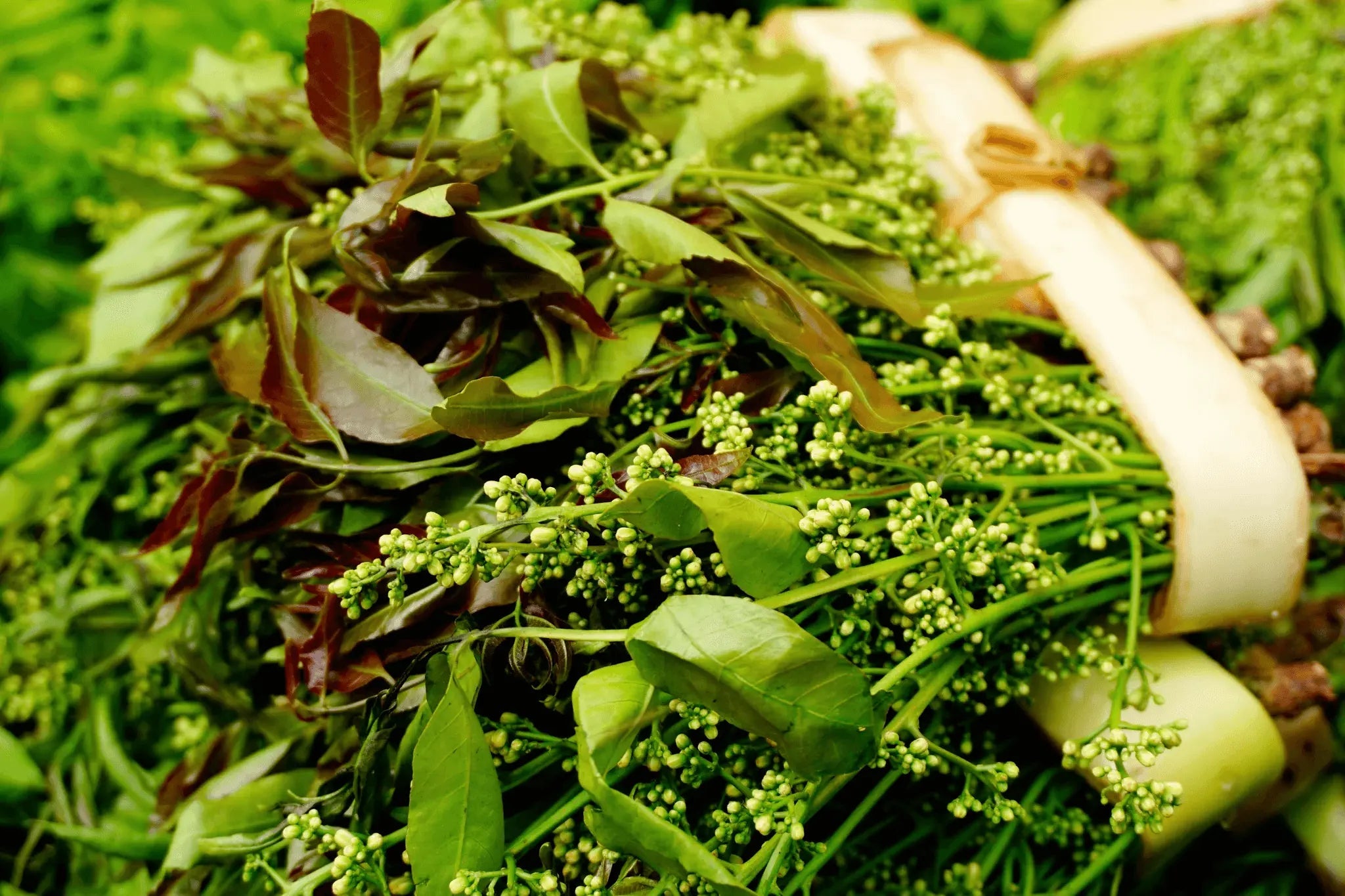You have likely already heard about benefits of quinine supplement and its beneficial properties. It has a very long history of use. The Quechua people, indigenous to Peru, Bolivia, and Ecuador, first appreciated quinine due to its health benefits; and later, Spanish Jesuit missionaries brought quinine to Europe.
Natural source of quinine: cinchona bark benefits
The name "quinine" comes from the Quechua language. Quechua people called the bark of the cinchona tree "quina" or "quina-quina", meaning "holy bark."
The Quechua used to mix the ground bark of cinchona trees with sweetened water in order to soften its bitter taste, creating a healing drink. Cinchona bark benefits has long been appreciated in medicine, both in its native South America and after being brought to Europe by the Spanish Jesuit missionaries.

Sources of Quinine
In 1820, French researchers Pierre Joseph Pelletier and Joseph Bienaime Caventou were the first to divide quinine from the cinchona tree bark.
Now there are methods to chemically synthesize quinine supplement, but, although they were invented later, they are inferior to quinine from natural sources.
You can also find quinine in tonic water, where it is used as a flavor component.

Dried cinchona bark is the best natural source of quinine
Wildcrafted cinchona officinalis dried bark is the best natural source of quinine. Using our unique, patent-pending extraction method, we create the product with the highest potency and volume of bio-active components.




Share:
Holy Basil: Facts You Need to Know
Learn the Herbs: Rosemary